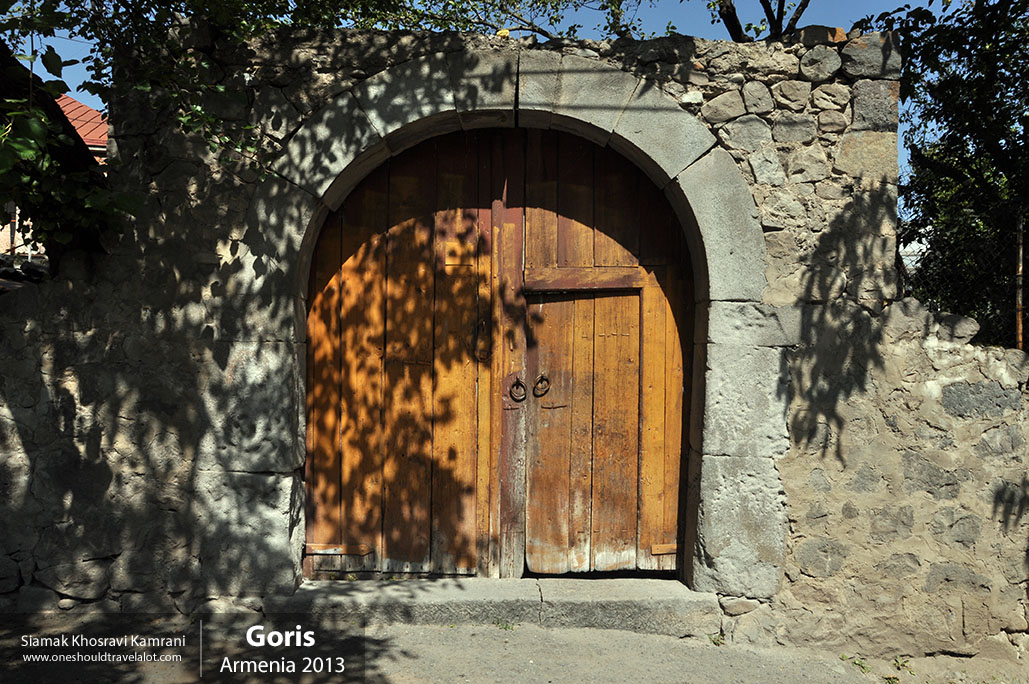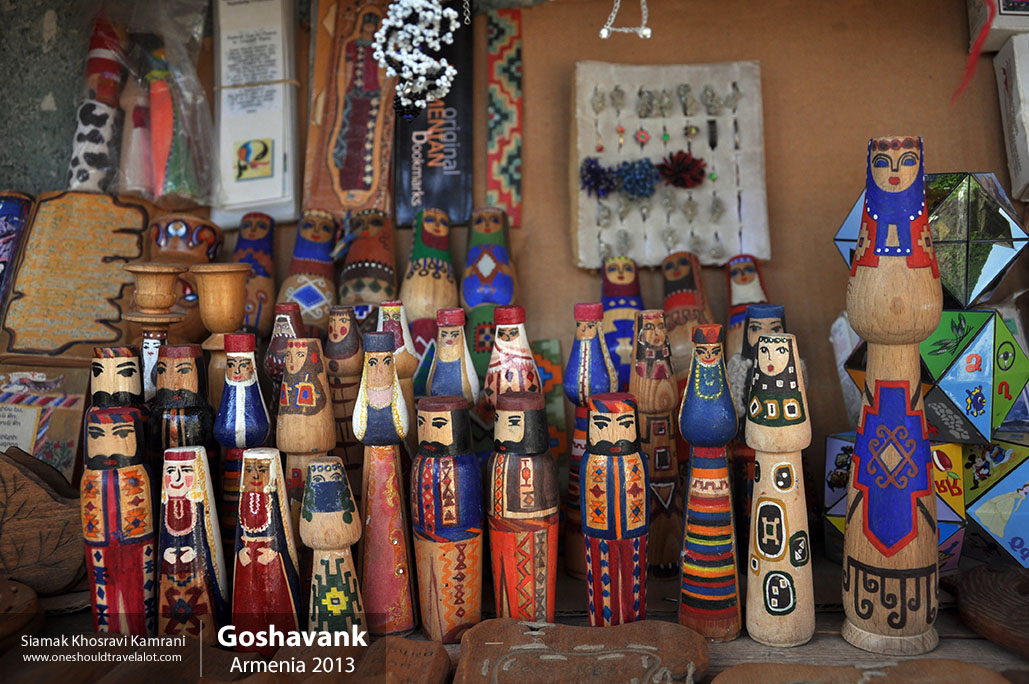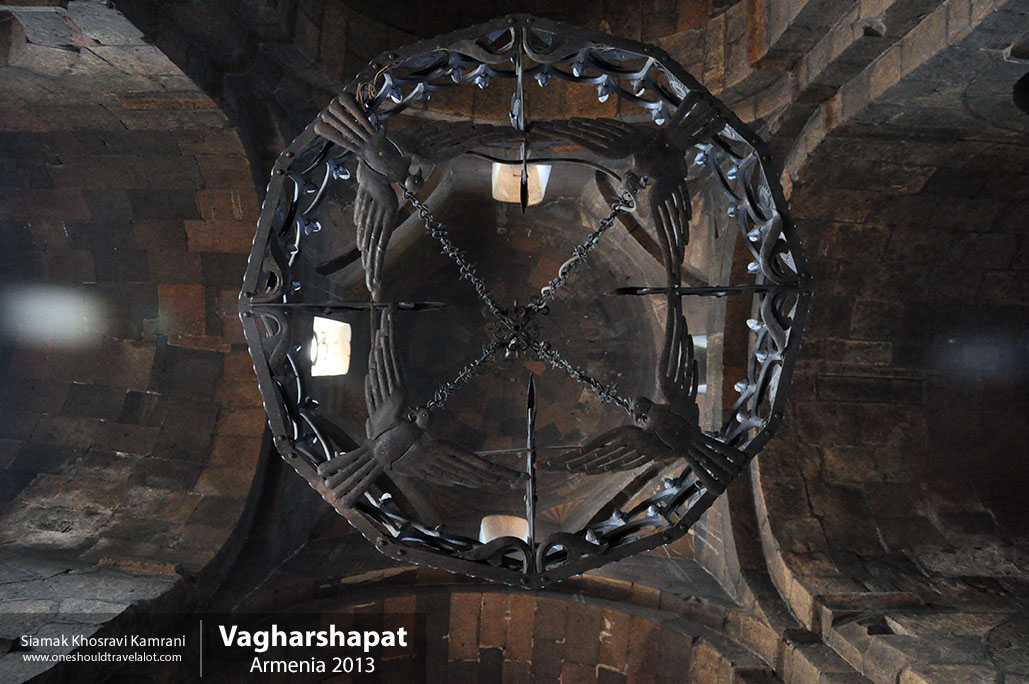A Journey Through Halidzor: A Hidden Gem in Armenia
As a young photographer with an insatiable wanderlust, I’ve traveled to many corners of the globe, but few places have captured my heart like Halidzor, a quaint village in southern Armenia. Nestled in the rugged mountains of the Syunik Province, Halidzor is a hidden gem that offers a unique blend of natural beauty, rich history, and vibrant culture. My journey to this enchanting village was nothing short of magical, and I’m thrilled to share the experiences that have forever imprinted Halidzor in my memories.
First Impressions: A Warm Welcome
Stepping off the bus in Halidzor, I was immediately struck by the tranquility that enveloped the village. The air was crisp and clean, filled with the subtle scent of wildflowers. The surrounding landscape, with its rolling hills and verdant valleys, was a photographer’s paradise. My host, an elderly man named Aram, greeted me with a warm smile and a traditional Armenian welcome. He spoke in a mixture of Armenian and broken English, but his hospitality needed no translation.
Exploring the Village
The Heart of Halidzor
Halidzor is a small village, and it didn’t take long to explore its main attractions. The heart of the village is its ancient church, St. Minas, which dates back to the 17th century. The church, with its weathered stone walls and serene interior, is a testament to the village’s enduring faith and resilience. As I wandered through the village, camera in hand, I encountered friendly locals who were eager to share stories of Halidzor’s past. Their tales painted a vivid picture of a community that has withstood the test of time.
Cultural Immersion
One of the highlights of my stay in Halidzor was the opportunity to immerse myself in the local culture. The villagers are proud of their heritage and are more than willing to share it with visitors. I was invited to partake in a traditional Armenian meal, which included lavash (a type of flatbread), khorovats (barbecued meat), and dolma (stuffed grape leaves). The meal was a culinary delight, rich in flavors and aromas that were entirely new to me.
Armenian hospitality is legendary, and I experienced it firsthand. As I sat at the table with my hosts, we shared stories and laughter, bridging the language barrier with smiles and gestures. It was in these moments that I truly understood the warmth and generosity of the Armenian people.
Capturing the Essence of Halidzor
Scenic Landscapes
Halidzor is surrounded by breathtaking landscapes that are a dream come true for any photographer. The village is perched on a hillside, offering stunning views of the Vorotan River Gorge below. One of the most iconic sights in the area is the Wings of Tatev, the world’s longest reversible cable car, which connects Halidzor to the Tatev Monastery. As I rode the cable car, I marveled at the panoramic views of the lush forests and towering mountains. The ride provided ample opportunities to capture the natural beauty of the region from a unique vantage point.
The Tatev Monastery
No visit to Halidzor would be complete without exploring the Tatev Monastery, a medieval masterpiece that sits atop a cliff overlooking the Vorotan Gorge. The monastery, built in the 9th century, is an architectural marvel with its intricate stone carvings and majestic setting. As I walked through the monastery’s ancient halls, I could feel the weight of history in every stone. The view from the monastery is nothing short of spectacular, with the gorge stretching out below and the mountains rising majestically in the distance. It was a perfect spot to capture the essence of Armenia’s spiritual and natural beauty.
Living in Halidzor: A Glimpse into Rural Armenian Life
Daily Life and Traditions
Life in Halidzor is simple and unhurried, a stark contrast to the bustling cities I had visited before. The villagers lead a predominantly agricultural lifestyle, tending to their crops and livestock with a dedication that is both admirable and humbling. I spent a day with a local farmer, helping him in the fields and learning about traditional farming techniques. It was hard work, but the experience gave me a newfound appreciation for the rural way of life.
In the evenings, the village would come alive with the sounds of music and laughter. Traditional Armenian dances, known as kochari, were performed with enthusiasm and skill. I joined in, albeit clumsily, and felt a deep connection to the community. These dances are more than just entertainment; they are a vital part of the village’s cultural heritage, passed down through generations.
Language and Ethnicity
Armenian is the predominant language spoken in Halidzor, and while I struggled to understand much of it, the villagers’ efforts to communicate with me were heartwarming. Many of the older generation speak Russian as well, a remnant of Armenia’s Soviet past. The ethnic makeup of Halidzor is predominantly Armenian, and the villagers take great pride in their cultural identity.
The Standard of Living
While Halidzor is a picturesque village, it is not without its challenges. The standard of living here is modest, with many families relying on subsistence farming to make ends meet. However, the sense of community is strong, and the villagers support each other in times of need. There is a palpable sense of resilience and determination that permeates the village, a testament to the enduring spirit of the Armenian people.
Despite the economic hardships, the villagers take pride in their homes and surroundings. The houses, though simple, are well-kept, and the gardens are often filled with vibrant flowers. There is a sense of contentment and satisfaction in living a life that is in harmony with nature and tradition.



